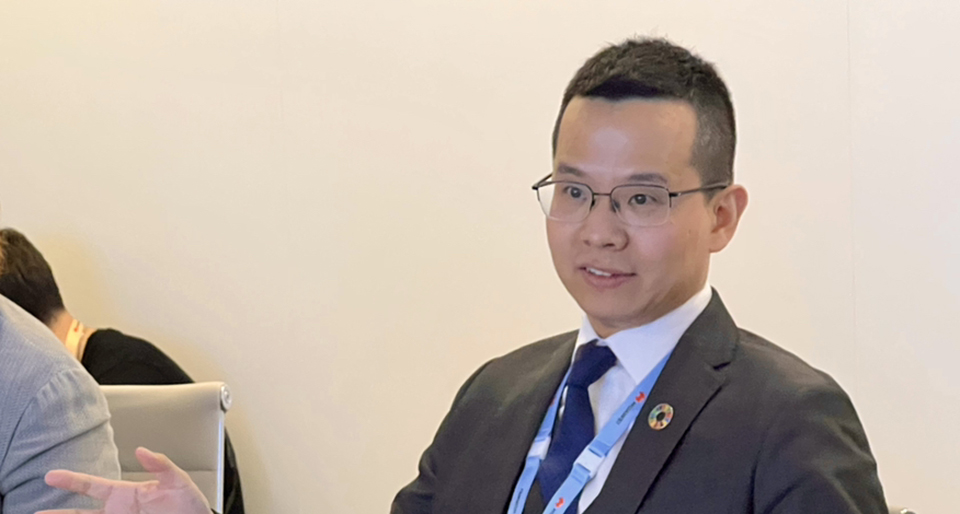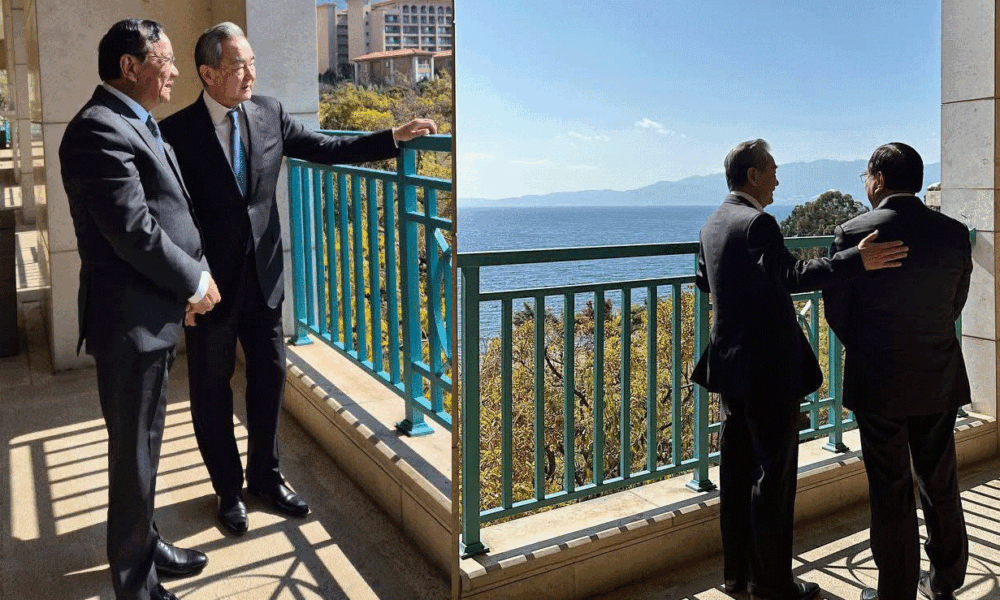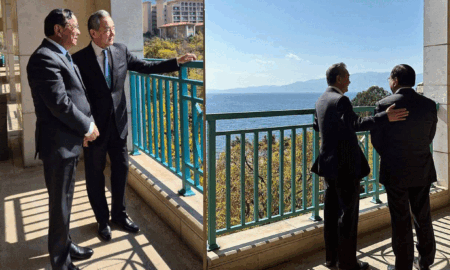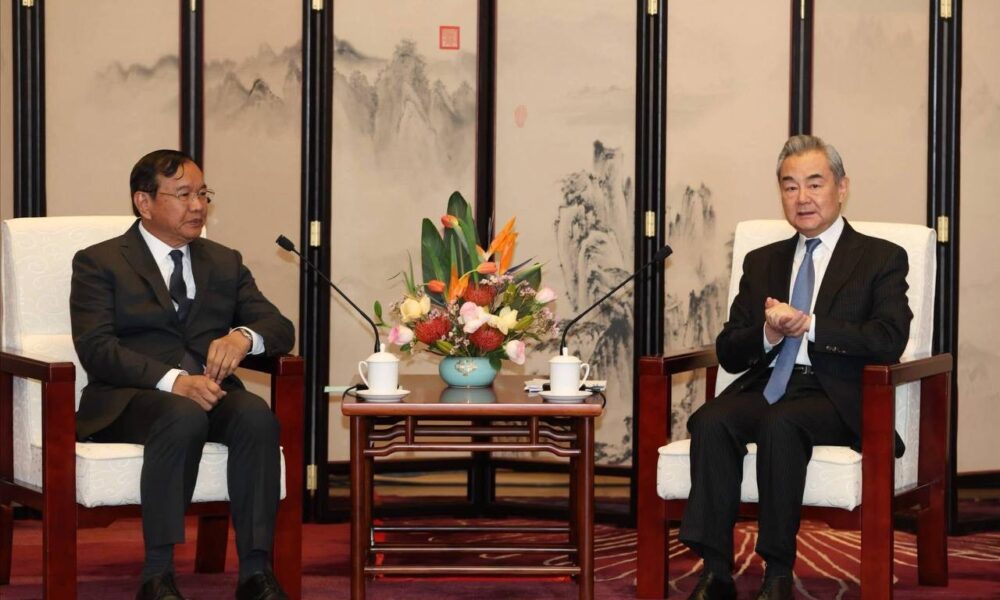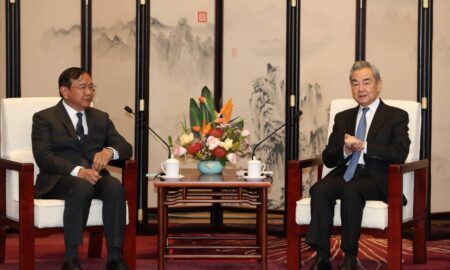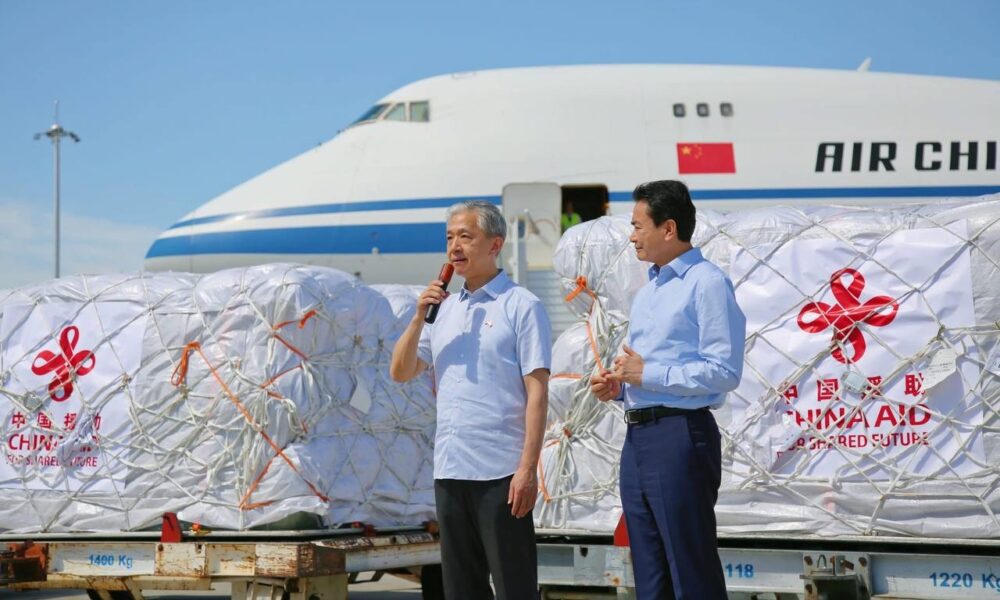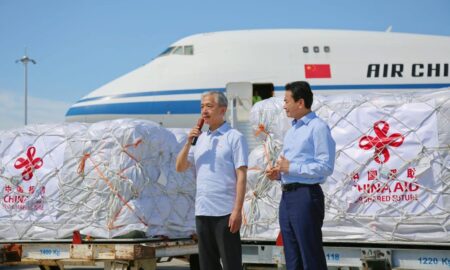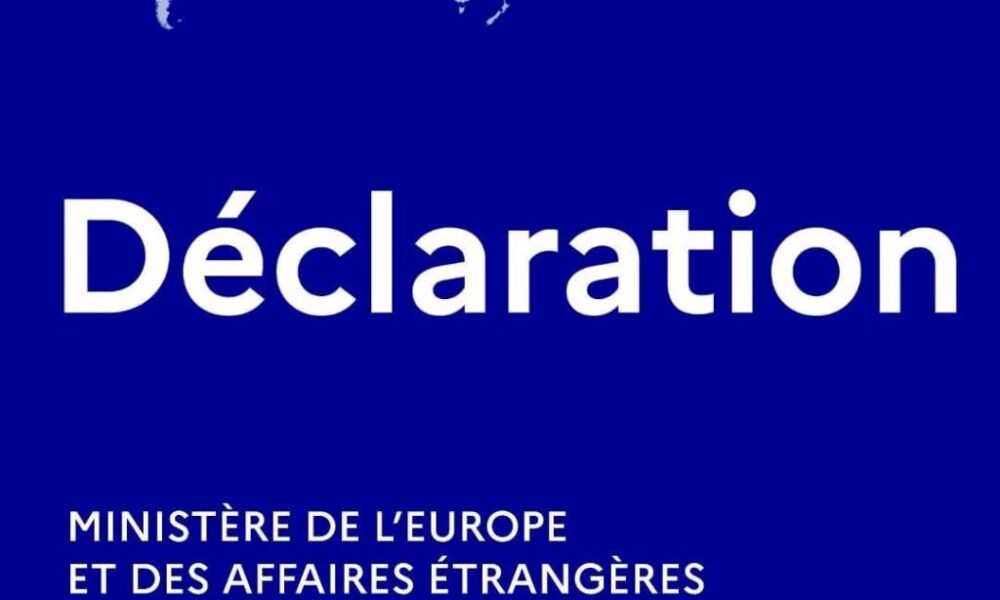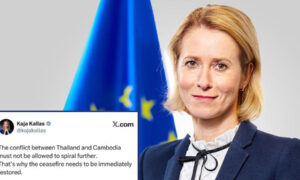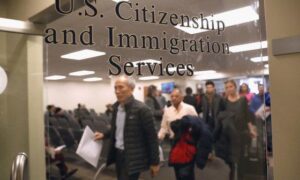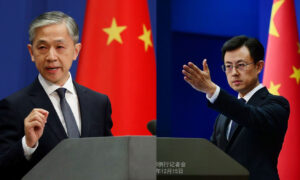With an average age of only 30.2, and explosive growth of unicorns, Asia Pacific has entered the golden time of digital economy, driven by sustained and abundant demand for ICT infrastructure. The region is ripe for digital transformation, and the pandemic has only accelerated this process further.
Meanwhile, as major countries in the Asia-Pacific region gradually open up, they are expected to maintain good recovery momentum in 2023, with GDP growth forecasts over 4%, leading to an upgrade in telecom consumption.
However, the region’s telecom market is unevenly developed, with 4G penetration rates ranging from 40% to 100% and 4G DOU ranging from 5GB to 40GB. Therefore, neither the demographic nor the traffic dividend has been fully utilized, and consumers’ communication needs are yet to reach their full potential.
Speaking in a media briefing at the Mobile World Congress (MWC) 2023, Huawei APAC Carrier Business Group President Abel Deng shared that the leading ICT provider has outlined different approaches to bridge the digital gap and boost the digital economy in Asia-Pacific countries.

“5G can significantly improve productivity. For example, in Thailand, Huawei is working with operators and partners to deploy 5G-enabled unmanned mining trucks, which has greatly improved efficiency, productivity and employees’ safety,” said Abel.
Mines are often located in remote areas lacking communication networks. The 5G network provides both daily communication connections for workers and mining fleet management applications. Another smart mining use case is in Indonesia, which increases production efficiency by 60% and reduces fuel consumption by 30%.
Aside from mining, the Asia-Pacific region is on the right track of embracing the opportunities of digital transformation in various industries. In Malaysia, the region’s first 5G offshore oil and gas platform was launched, with key line backup, AR assistance, and IoT services, greatly improving communication reliability at a low cost. In Thailand, the remote consultation service helps patients to receive doctor-like diagnosis and treatment at any time, from anywhere via 5G network. The 5G smart city of Pattaya enhances urban governance and quality of life, reducing pollution days by more than 20%.
By participating in these projects, Huawei has built up a wealth of expertise and experiences, with a solid foundation of ICT products and solutions. For wireless connectivity, Huawei pioneered massive MIMO AAU, leading Blade AAU Pro and innovative MetaAAU. The MetaAAU, for example, enhances coverage and saves energy by 30%. “This solution is very suitable for markets like Asia Pacific, which addresses the challenges of small number of physical sites and large distance between sites,” Abel added. For smart homes, the new-generation FTTR F30 series builds a “real gigabit” network to bring ultimate digital life experience to the communities in the region.
Faced with the booming demand and emerging opportunities in the digital era, an upgraded network of higher speed, more automation and intelligence, becomes increasingly important. 5.5G is expected to bring operators a ten-fold increase in network performance over 5G, which can translate to 100 times more business opportunities.
At MWC 2023, Huawei brings forward its GUIDE Model, a new vision and a blueprint of benchmarks and paths towards the 5.5G era, involving a gigaverse experience for everyone and everywhere, advanced automation speed up, intelligent computing and network as a service, on-demand experiences for different customers, and lower carbon emission.
“Huawei remains steadfast in our support for the digital progress of our partners, local communities, and the region as a whole, for years to come,” Abel said.

Warning: Attempt to read property "term_id" on false in /var/www/dap-news.com/htdocs/wp-content/themes/flex-mag/functions.php on line 999

